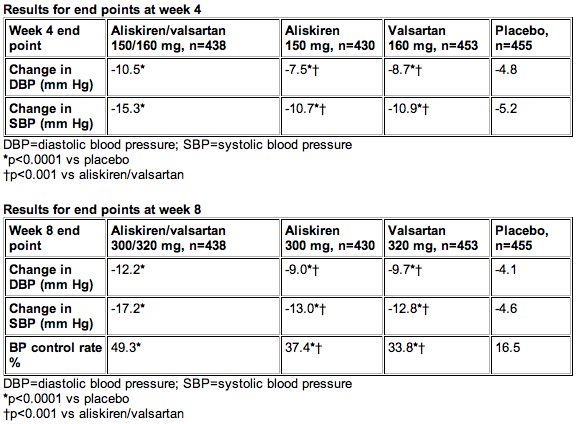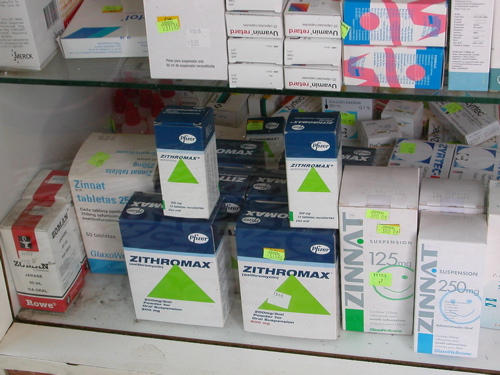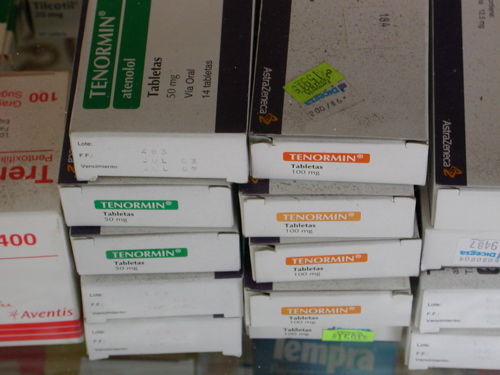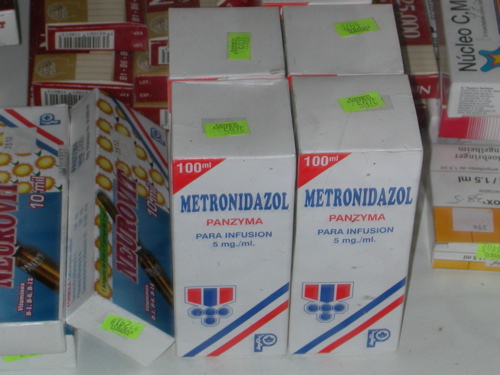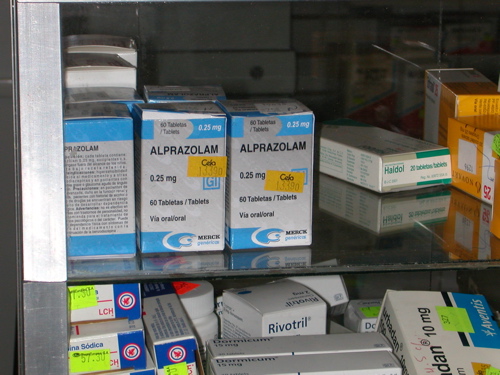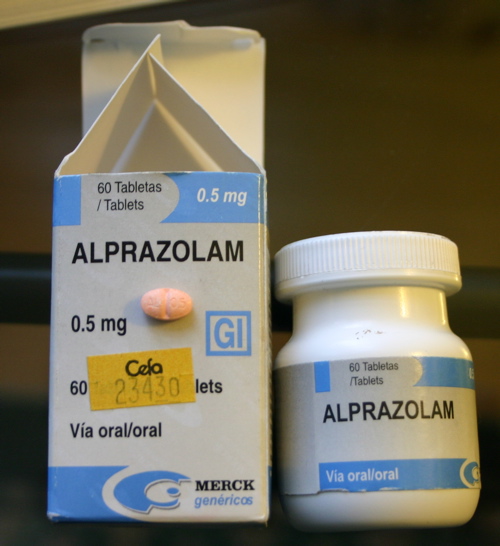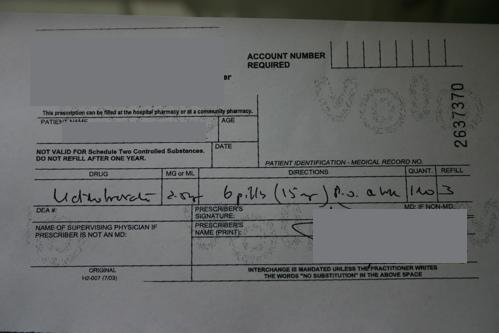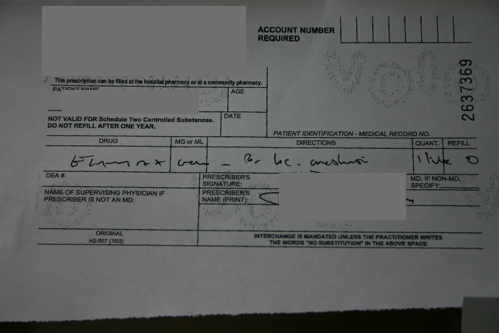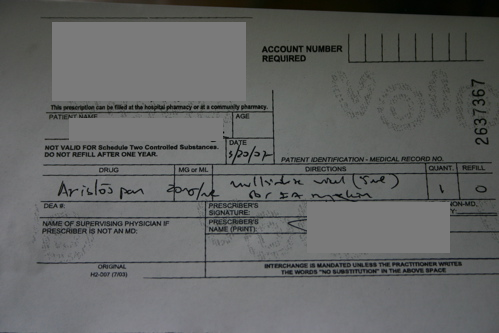A recent entry by #1 Dinosaur on albuterol HFA formulations got me thinking. We’ve been substituting Ventolin HFA and Proventil HFA for Ivax’s ProAir HFA.
Unfortunately ProAir HFA isn’t substitutable… up until about a year ago, ProAir HFA was called Albuterol HFA — a clever marketing trick meant to confuse pharmacists into thinking that it’s a generic drug rather than a trademarked trade name. (Note the capital A!) The name change to ProAir (same NDC, btw) hasn’t done much to change the perception. Pharmacy people are a wily bunch — names get changed for pointless reasons quite often, so changing a product’s name effectively means nil.
This has created a beneficial situation for Teva/Ivax: because — fairly or unfairly — ProAir is now associated with “generic” albuterol HFA, pharmacists and technicians will reach for the ProAir before they reach for anything else. If a doc writes “albuterol HFA,” I’m going to reach for the ProAir HFA, even though Ventolin HFA might be the same price, because the two are inextricably linked in my mind now, and until I have a reason to change this — taste or whatever — it’s going to be the preferred drug by default.
I’ve surveyed about half a dozen pharmacists over the last week, and only one of them knew that ProAir HFA cannot be substituted for Ventolin or Proventil. So here’s my PSA to you pharmacy types who, like me, didn’t know until recently. You can’t substitute ProAir HFA for Proventil HFA or Ventolin HFA. Nor would you necessarily want to, as copayments are typically Tier 2.
I’m fairly apathetic about the environmental issues involved with CFCs; I’m more concerned about the impact on copayments, and doing the right thing. As of December 2008, all MDIs with CFCs must be withdrawn from the market, as per the FDA.
Copayments and NDAs
Teva/Ivax IS a generic drugmaker, you’re right. However, when they created their Albuterol HFA formulation — notice the capital A, here — they didn’t file an Abbreviated NDA (ANDA) which is required for generic drugs. They filed a full-blown NDA. NDA are used for brand-name drugs. So why did they do it?
I’m speculating here, but I suspect that Ivax saw their time running out on CFC albuterol and decided to work on an HFA-based version in the meantime. However, both Ventolin HFA and Proventil HFA are new drugs. As, of course, is ProAir HFA — which now controls about 60% of the non-CFC ALH market. I wonder how much of this is due to incorrectly substituting ProAir HFA?
- Ventolin HFA: April 19, 2001
- Proventil HFA: August 15, 1996
- ProAir HFA: October 29, 2004
This means that the soonest you’ll see a generic albuterol HFA — no capital a! — is, I believe, sometime in 2010. (If anyone wants to clarify that for me, I would appreciate it.)
Unfortunately, it looks like there’s going to be about two years where patients will have to pay brand-name copays for their MDIs, because ProAir is a brand-name drug on every insurance plan I’ve tried it on. (Yes, I was wrong in my comments on Dr. Dino’s entry.)
When Proventil HFA’s patent expires, I wonder if Teva/Ivax will have a generic form of their albuterol HFA inhaler already lined up? Will it cannibalize their profits in the short-term but create a long-term win? I do know that they’ve certainly captured mindshare with their clever early naming and then the name-change.
For doctors
If you’re a physician, and you want to prescribe an albuterol MDI, don’t specify which brand name you want. Let the patient’s insurer decide. This will save you phonecalls that go something like “Mrs Jones’s insurer will only cover Ventolin HFA or ProAir HFA, but you’ve written Proventil HFA. Can we switch?”
What a pointless waste of time that is for everyone involved, but unfortunately it’s necessary for legal purposes. Unless you get a pharmacist who’s tired of the bologna and simply does the switch automatically because they couldn’t be arsed to waste 30 minutes of their time on the phone to be told what they already know is going to happen.
Tired of all the “HFA”? Technically “HFA” is part of the trade name. Sort of like “OTC” is a necessary part of the “Prilosec OTC” name because it’s not the same as Prilosec for legal purposes. Gah!

